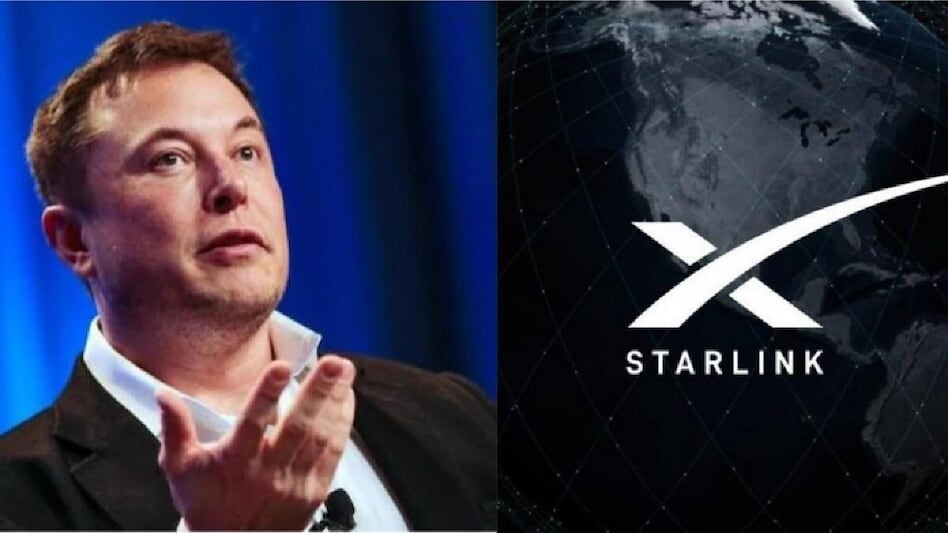 A critical factor in the cost structure of satellite internet is the customer premise equipment (CPE). Currently priced at around $400.
A critical factor in the cost structure of satellite internet is the customer premise equipment (CPE). Currently priced at around $400. A critical factor in the cost structure of satellite internet is the customer premise equipment (CPE). Currently priced at around $400.
A critical factor in the cost structure of satellite internet is the customer premise equipment (CPE). Currently priced at around $400.JM Financial recently hosted an expert discussion centred on the likely introduction of satellite internet by Starlink in India. The session examined the economics and feasibility of this technology, its potential impact on existing telecom operators' home broadband services, and the technical challenges associated with direct-to-cell technology. The analysis touched upon whether Starlink's entry could significantly impact the business models of Reliance Jio and Bharti Airtel. Starlink is owned by Elon Musk's SpaceX.
The discussion highlighted Starlink's plan to deploy approximately 700 to 750 low earth orbit (LEO) satellites in India, with an expected capital expenditure of around Rs 8,000 crore. This expenditure is anticipated to cover the launch of these satellites, each costing about USD 1 million, and they are projected to have a useful lifespan of about seven to eight years. Additionally, the operational expenditure is estimated at Rs 350 crore annually.
A critical factor in the cost structure of satellite internet is the customer premise equipment (CPE). Currently priced at around $400, the expert noted that manufacturing the equipment within India could potentially reduce these costs by up to 50%. Starlink could also consider subsidising the cost or offering leasing options to increase market penetration, which could significantly lower the effective cost for consumers.
The expert pointed out that the all-in cost of satellite internet could be prohibitively high if only a small subscriber base is reached. Initially, the cost could be around Rs 11,250 per subscriber per month, assuming a limited user base of 0.1 million subscribers. However, if the subscriber base expands to approximately 2.5 million, costs could fall sharply to about Rs 450 per subscriber per month. This highlights the significant operating leverage inherent in the satellite internet model.
Starlink's strategy may involve targeting the B2C segment with introductory plans priced between USD 20 and USD 25 per month for early adopters, gradually transitioning to a more affordable pricing model of USD 10 per month for the mass market. The company also sees potential opportunities in the B2B and B2G segments. These efforts could pose a market share risk to local telecom operators' home broadband services in the long term.
Regarding direct-to-cell (D2C) technology, the discussion indicated that while technical challenges exist, they might be resolved within the next three to five years. However, the expert believes that the technology's current performance lags behind traditional wireless connectivity, making it unlikely to disrupt the wireless business of major Indian telecoms like Bharti Airtel and Jio, which contribute 80-90% of their valuations.
Starlink's entry into India follows its recent launches in neighbouring countries like Bangladesh, Bhutan, and Sri Lanka. These launches require a one-time payment for CPE setup, although costs could decrease significantly if large-scale production is initiated within India.
The broader implications for Indian telecoms include a potential rethink of their business models, particularly in home broadband, where they may face competition not only from Starlink but also from other global satellite internet providers through strategic partnerships.